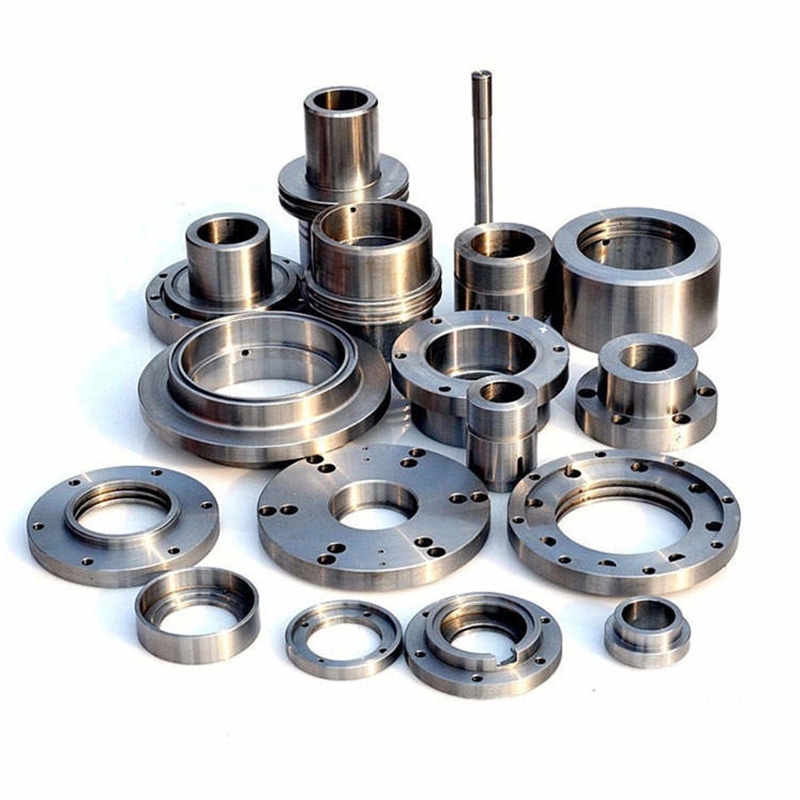Amazing Custom Sheet Metal Enclosures: 9 Proven Tips
Ever struggled with electrical components overheating in flimsy boxes? Or faced corrosion issues in harsh environments? You’re not alone. Industrial designers often grapple with these challenges. That’s where custom sheet metal enclosures shine. Let’s explore 9 battle-tested strategies to optimize your next project.
Design Phase: Where 80% of Success Happens
Tip 1: Map Environmental Requirements First
Identify operating conditions early. Will it face salt spray, high temps, or impacts? For example, marine gear needs stainless steel, while telecom boxes prioritize EMI shielding. Skipping this causes 42% of field failures (ASM International, 2024).
Tip 2: Optimize for Manufacturability
Simplify bends and minimize complex cuts. Use uniform bend radii. Our 2025 robotics project reduced welding by 60% using clever tab-and-slot designs. Remember: complex geometries spike costs.
Tip 3: Plan Thermal Management Early
Embed cooling solutions in blueprints. Add vent patterns or heatsink mounts. Surprisingly, passive convection often beats forced air. Position components to avoid hot spots.
Material & Fabrication Mastery
Tip 4: Match Metal to Mission
Not all metals behave alike. Check this comparison:
| Criteria | Aluminum | Cold-Rolled Steel |
|---|---|---|
| Cost | $$$ | $$ |
| Corrosion Resistance | Excellent | Requires coating |
| EMI Shielding | Fair | Superior |
| Weight | Light (2.7g/cm³) | Heavy (7.8g/cm³) |
Tip 5: Embrace Smart Finishing
Powder coating beats paint for durability. For outdoor units, consider zinc plating first. Anodizing adds color without chipping. Pro tip: Specify finish before fabrication.
Tip 6: Leverage Precision Cutting Tech
Laser cutting handles intricate shapes. Turret punching speeds high-volume jobs. Waterjet suits thick plates. Balance tolerance needs with budget.
Assembly & Validation
Tip 7: Simplify Joining Methods
Use PEM inserts instead of welded nuts. Select rivets over screws where vibration occurs. Interestingly, structural adhesives now replace 20% of welds in electronics enclosures.
Tip 8: Prototype Religiously
Test form, fit, and function with 3D-printed or soft-tooled samples. One medical device client saved $18k by catching PCB clearance issues early.
Tip 9: Conduct Real-World Testing
Simulate drops, thermal cycling, and ingress (IP ratings). NEMA 4X validation is crucial for outdoor industrial sheet metal enclosures. Don’t skip vibration tests!
Step-by-Step Ordering Guide
Follow these 5 steps for smooth production:
- Upload CAD files (STEP/IGES preferred)
- Specify material grade and thickness
- Define surface treatment requirements
- Request DFM (Design for Manufacturability) feedback
- Approve prototype before full production
⚠️ Common Mistake Warning:
Avoid: Designing walls thinner than 0.8mm – causes warping during welding. Solution: Use stiffening bends or gussets.
Production Checklist
- ✅ Validated IP/NEMA rating requirements
- ✅ Material certification (e.g., RoHS compliance)
- ✅ Ventilation/cooling strategy documented
- ✅ Tolerance callouts on critical dimensions
- ✅ Finish samples approved
FAQs: Custom Sheet Metal Enclosures
Q: How long does production typically take?
A: Lead times range 2-6 weeks. Prototyping adds 1-2 weeks. Complex electrical enclosures take longest.
Q: What file formats do manufacturers prefer?
A: Provide STEP, IGES, or DXF files. Include fully dimensioned 2D drawings as backup.
Q: Can you integrate mounted components?
A: Absolutely! We assemble PCBs, connectors, and displays into sheet metal housings for turnkey delivery.
Implementing these 9 tips transforms your metal fabrication results. Ready to optimize your next enclosure? Apply the checklist and watch quality soar.







